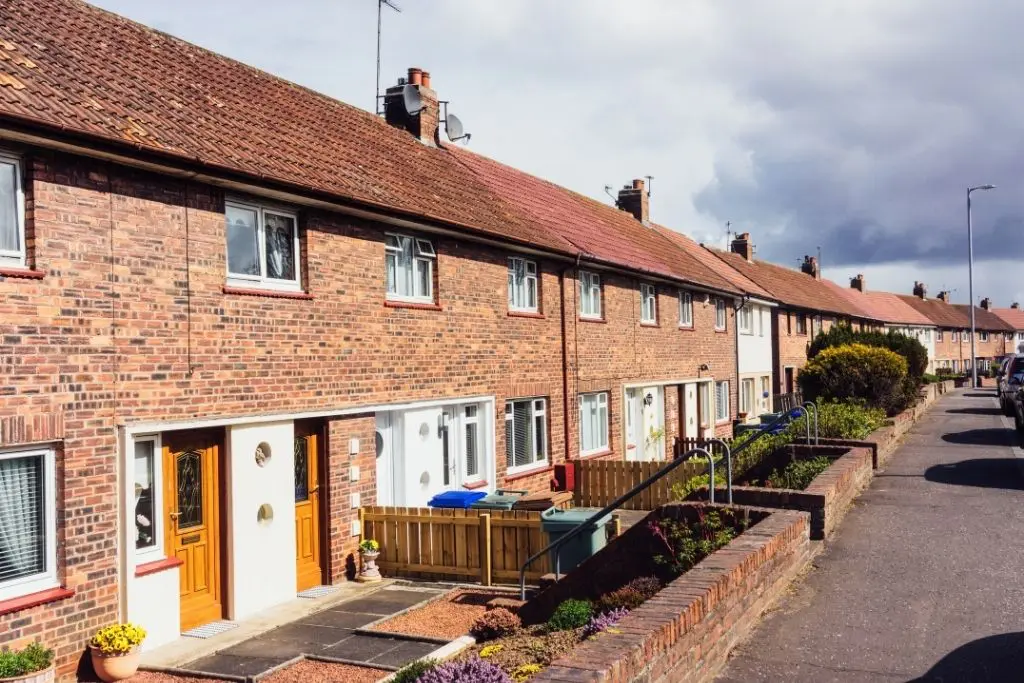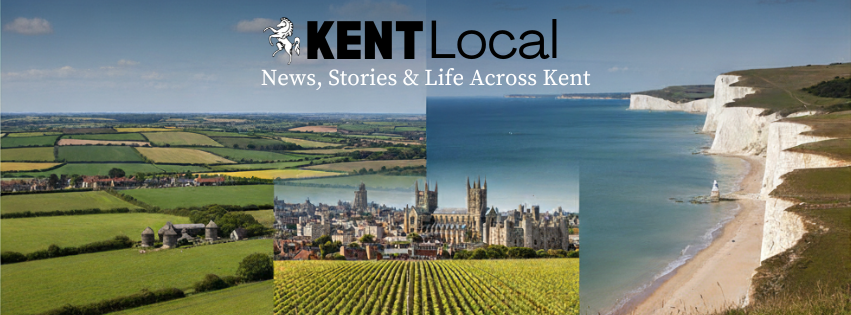The Murphy Group has proposed building 90 new homes on the former High Brooms Gas Works site in Tunbridge Wells. It’s a major move to transform a piece of disused industrial land. This project could significantly change the area.

The plans for the brownfield site, which has been empty since its gas holders were torn down in 2014, aim to tackle local housing needs. The development will feature a mix of flats and terraced houses.
Developers have already held a public consultation. They wanted to get initial feedback from the community before submitting a formal planning application to the council.
Details of the Proposed Scheme
A mix of new homes is being proposed, from one-bedroom properties to larger three-bedroom-plus houses. This variety is intended to appeal to everyone from first-time buyers to families.
There will be more than 100 parking spaces for cars, plus 200 secure bays for bicycles. The plans also include new footpaths and cycle routes, which would connect the development to the wider area and encourage residents to walk or bike instead of driving.
To tackle the site’s flood risk, the plans include a large water-management basin and other sustainable drainage measures. The homes themselves are also expected to incorporate energy-efficient design features.
Green space is another key element of the layout. Developers say it will help create a sense of community among the residents.
Planning Context and Local Authority Stance
Plans for a new housing site in Tunbridge Wells will be reviewed under the borough council’s planning policies. Affordable housing is a particular focus for them. The borough council’s planning committee is known for its detailed scrutiny of applications. They often make decisions on a case-by-case basis.
Councillors also have the power to “call in” proposals for review by the committee. This happens when concerns are raised. Common issues include the potential impact on local roads, housing density, or the design of the development itself.
The Murphy Group, the developer behind the project, says the scheme has been tailored to the site’s distinctive landscape and the presence of a nearby watercourse. As a result, the plans feature 90 homes – a lower density than has been suggested for comparable plots in the past.
The company has pledged to include affordable housing “subject to local policy and viability testing”, a standard industry caveat that is expected to come under close examination once the planning application is submitted.
Broader Local Development Landscape
Developing the old gas works site fits into the wider strategy for Tunbridge Wells. The local plan is big on using brownfield sites for new housing. The borough faces a significant challenge in meeting central government housing targets, and brownfield land is a key resource for this purpose.
The council’s official documentation highlights the importance of new housing being of high design quality, contributing to local infrastructure, and providing affordable options for the community. The High Brooms site has been the subject of local interest for years. The demolition of its gas holders in 2014, a process noted in contemporary news reports, marked the end of the site’s industrial past. The current proposal represents its potential future as a new residential community.
What Happens Next?
The next phase for the project is the submission of a formal planning application to Tunbridge Wells Borough Council. The council will then open the application for public comment. Residents, parish councils, and other interested parties can formally submit their views.
A planning officer will review all submitted information, and the application will be determined either by the officer or by the Planning Committee, depending on its scale and any formal “call-ins” by councillors. The outcome of this process will be a crucial decision for the future of High Brooms and the wider Tunbridge Wells area.


